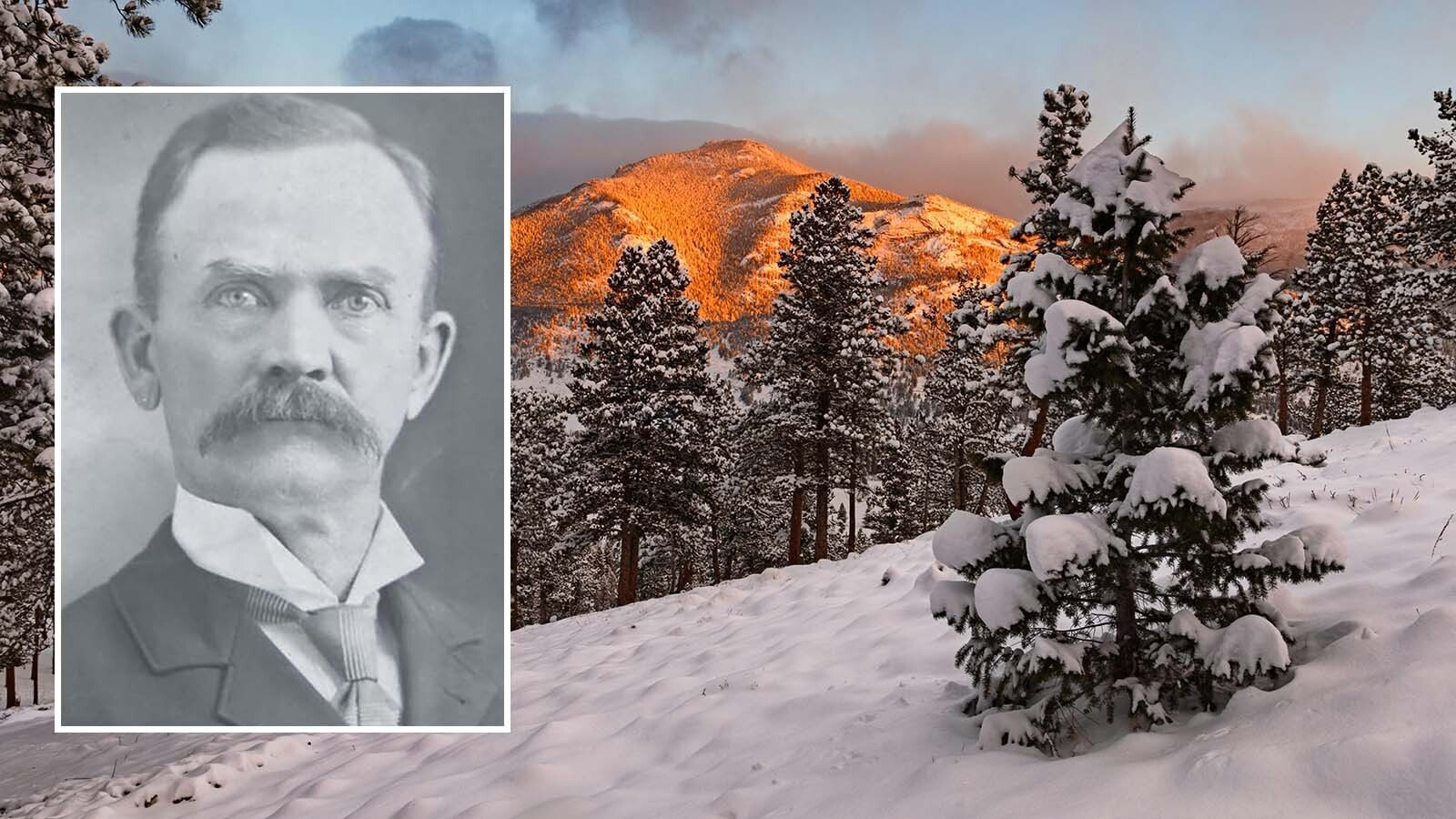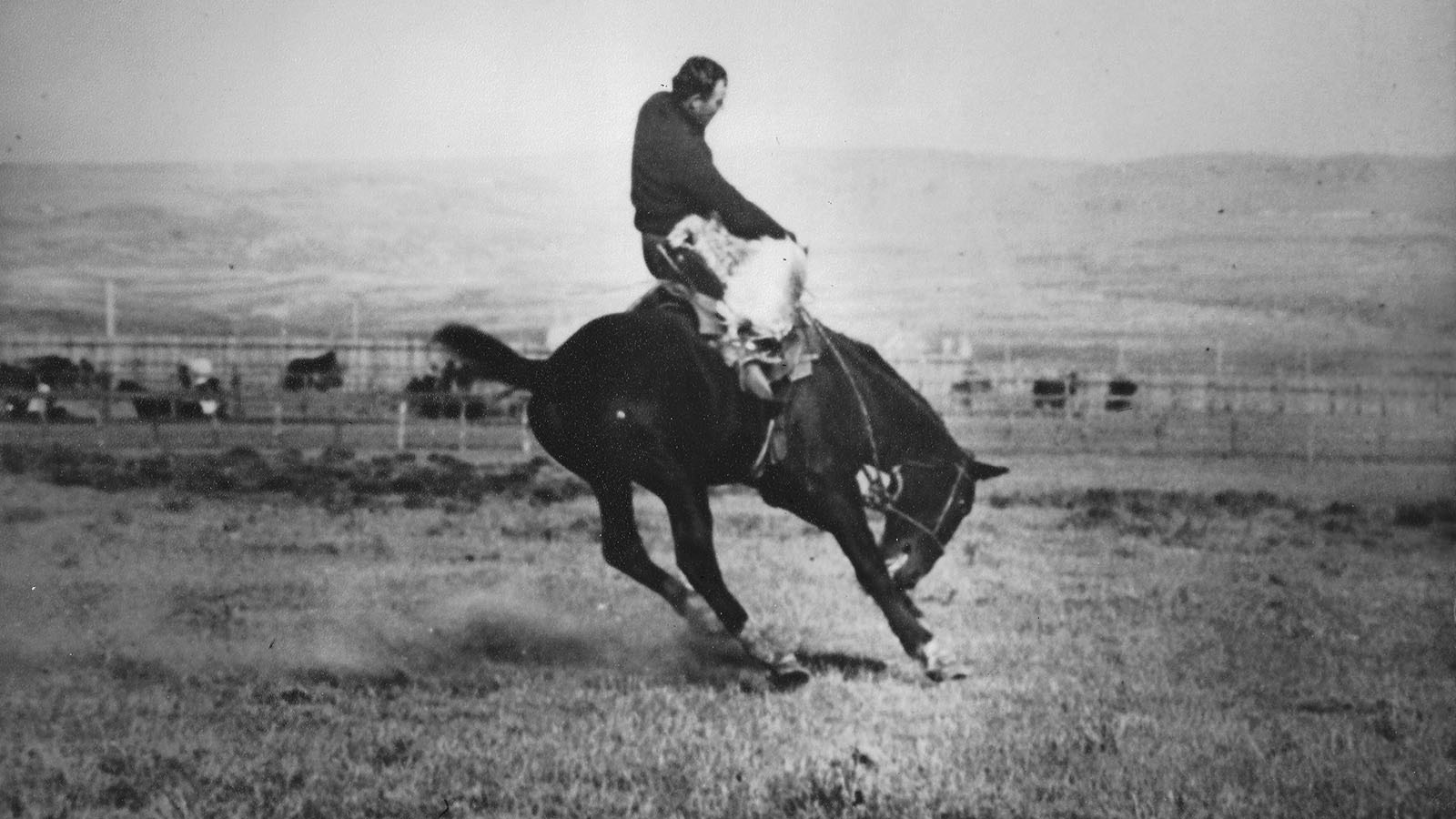During the last quarter of the eighteenth century and the first decade of the nineteenth, Cumberland Gap, a natural passageway through the lofty southern Appalachian Mountains became one of the most important thoroughfares for mass migration into America’s first west: the Ohio River valley, Kentucky, and Tennessee.
From the first permanent English settlement at Jamestown, Virginia in 1607 until the mid-1700s, European settlers had contented themselves with occupying the narrow strip of land between the Atlantic Ocean and the eastern slopes of the Appalachians.
The culmination of the French and Indian War, however, and the signing of the Treaty of Paris in 1763, transferred millions of acres of previously French-claimed land to Great Britain.
Despite King George III’s Proclamation of 1763 forbidding colonial settlement on any lands lying west of the crest of the Appalachians, land-hungry frontiersmen immediately cast their eyes toward the setting sun.
Thomas Walker (1715-1794), a Virginia-born physician and agent for the Loyal Company, a colonial land speculation concern, was among the first to explore the southern part of the Appalachians lying along the present-day Tennessee-Kentucky-Virginia border.
In April 1750, Walker and a few companions discovered what became known as Cumberland Gap, an easy passageway through the mountains.
The gap was named in honor of King George II’s second son, the Duke of Cumberland.
Nearly 20 years later, Daniel Boone, passed through the gap during his exploration of the region.
Just prior to Richard Henderson’s treaty with the Cherokee Indians at Sycamore Shoals in March 1775 – a venture that yielded Henderson several million acres of Kentucky and Tennessee land which became the basis for his own Transylvania Company – Boone, with 30 axmen to assist him, set out westward and blazed a trail from the Long Island of the Holston River (present-day Kingsport, Tennessee) to the bluegrass country of Kentucky, where he founded Boonesborough. Initially called Boone’s Trace, the path later became known as the Wilderness Road.
Between 1776 and 1810, an estimated two to three hundred thousand emigrants passed through Cumberland Gap on their way from the eastern settlements to the fertile lands of Kentucky, Tennessee, and the Ohio River valley. Kentucky (in 1792) and Tennessee (in 1796) became states of the Union.
By 1800, the Wilderness Road, now improved to accommodate wagons and other wheeled vehicles, began witnessing eastern-bound traffic as well, primarily produce – corn whiskey, livestock, and turkeys – headed for seaboard markets.
As eastern canals, improved roads, and railroads progressively populated the countryside during the early to middle 1800s, traffic declined along the Wilderness Road.
Although considered a strategic position by both the Union and Confederate high commands during the Civil War (General Ulysses S. Grant called it the “Gibraltar of America,”) Cumberland Gap and its environs saw little action during the conflict.
In 1940, the Cumberland Gap National Historical Park was authorized by Congress, finally becoming a reality in 1955.
Just a few miles east of Cumberland Gap, Virginia’s Wilderness Road State Park incorporates a full-scale reconstruction of Martin’s Station.
The original structure sat on a large land grant owned by Joseph Martin, a protégé of Dr. Walker and an early explorer in the region. Martin first frequented the area in 1769 but was driven away by hostile Indians.
He returned with others in 1775 and built his fort which became an important way station for travelers on the Wilderness Road.
Gateway to the West is one of David Wright’s most magnificent pieces. This painting was specially commissioned to hang in the Visitor Center at the Cumberland Gap National Historical Park. Wright is recognized as one of America’s most outstanding artists of the frontier.
His vast interest and knowledge of the pioneer era have led to his production of scores of paintings depicting life in those early years of our country.
David is the recipient of numerous awards including the 2007 “Harrison Eiteljorg Purchase Award” and the 2008 “Victor Higgins Work of Distinction for Best Individual Work” both from the Eiteljorg Museum of American Indians and Western Art in Indianapolis, Indiana.
James A. Crutchfield can be reached at TNcrutch@aol.com





